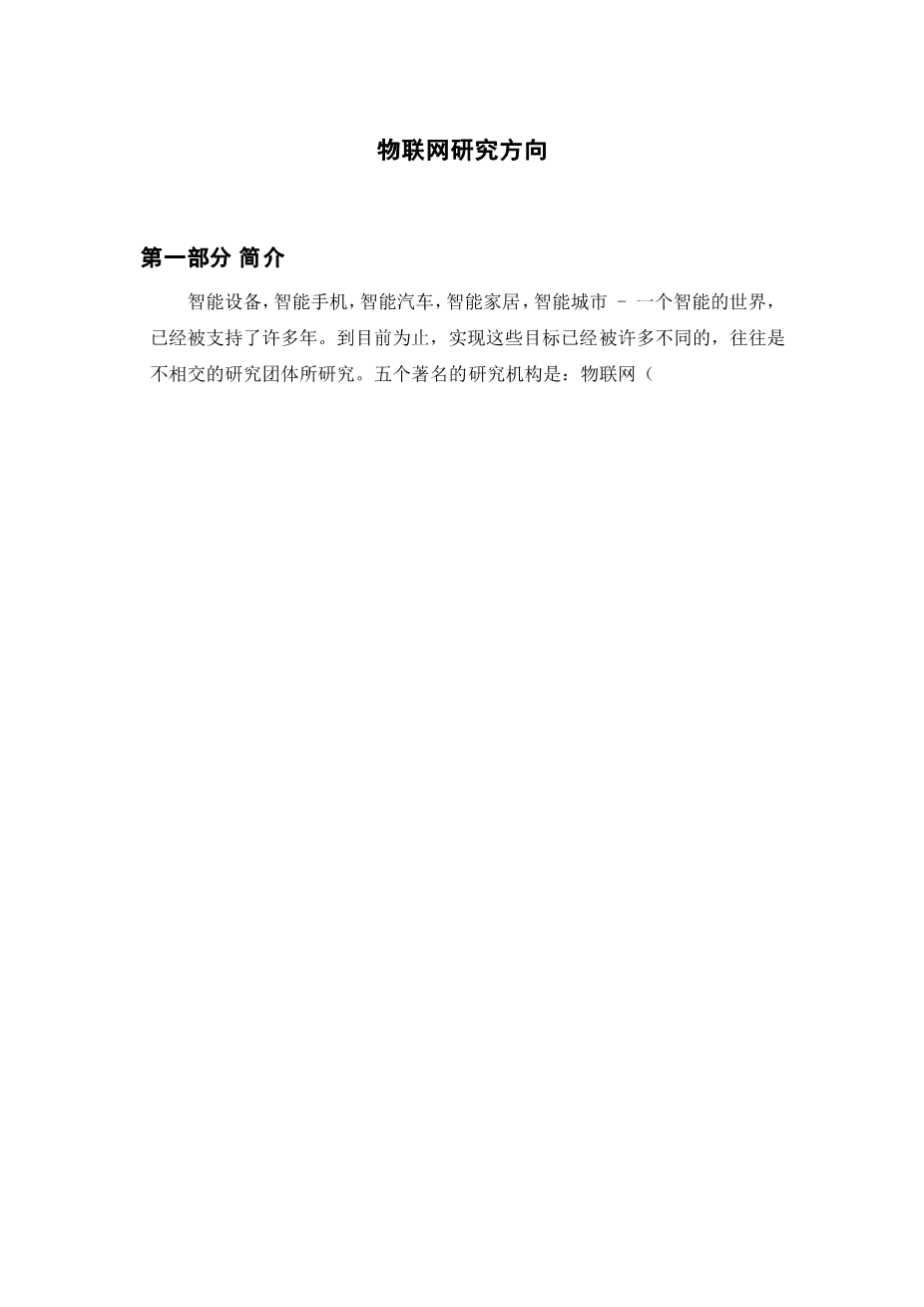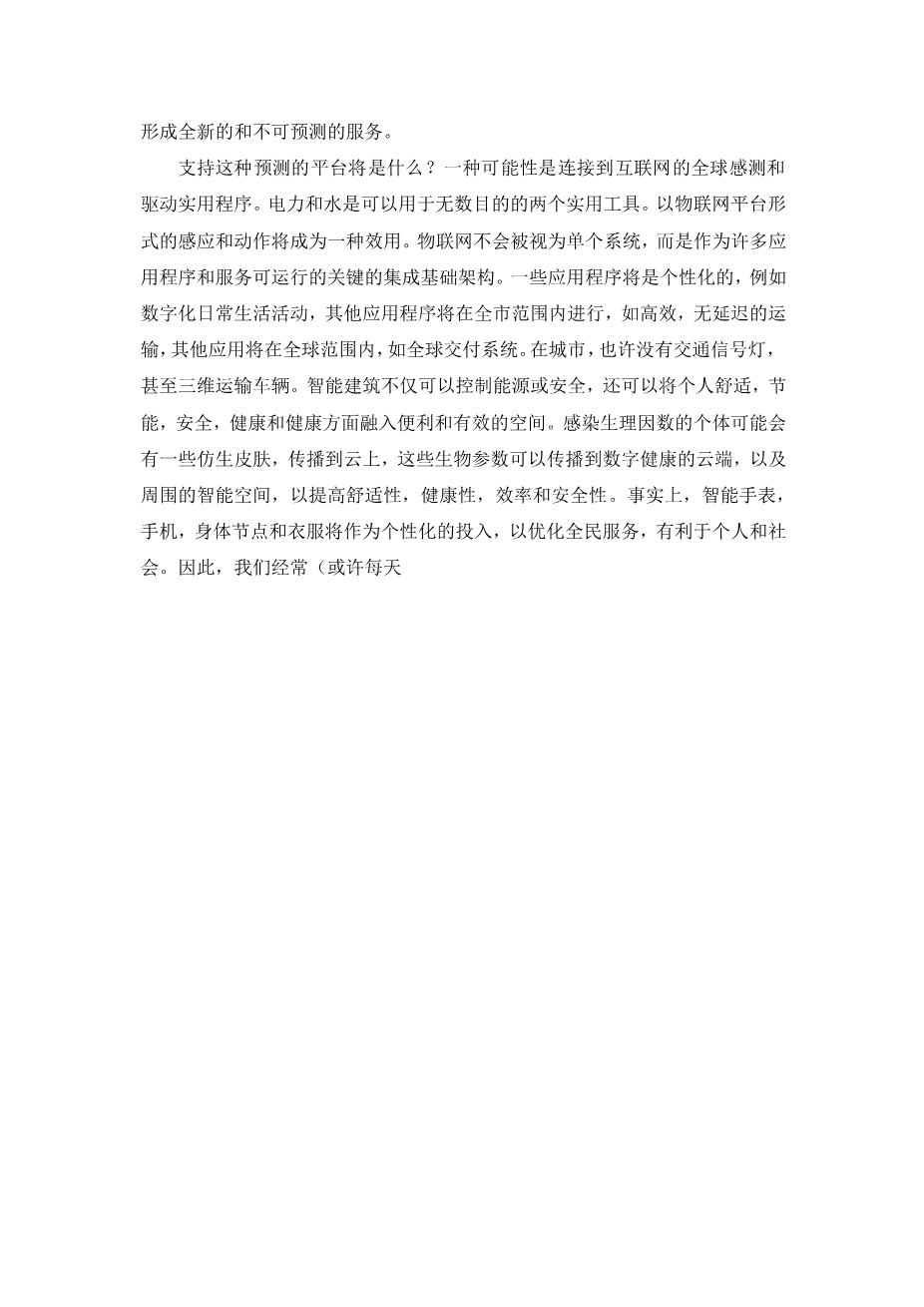Research Directions for the Internet of Things
SECTION I. Introduction
The notions Smart devices, Smartphones, Smart cars, Smart homes, Smart cities—A smart world—have been espoused for many years. Achieving these goals has been investigated, to date, by many diverse and often disjoint research communities. Five such prominent research communities are: Internet of Things (IoT), mobile computing (MC), pervasive computing (PC), wireless sensor networks (WSNs), and, most recently, cyber-physical systems (CPS). However, as technology and solutions progress in each of these fields, there is an increasing overlap and merger of principles and research questions. Narrow definitions of each of these fields are no longer appropriate. Further, research in IoT, PC, MC, WSN, and CPS often relies on underlying technologies such as real-time computing, machine learning, security, privacy, signal processing, big data, and others. Consequently, the smart vision of the world involves much of computer science, computer engineering, and electrical engineering. Greater interactions among these communities will speed progress.
In this paper, as a backdrop to identifying research questions, Section II briefly highlights a vision for a smart world. Section III then discusses open research questions categorized into eight topics. The research discussed is representative rather than complete. Two goals of the paper are: 1) to highlight a number of significant research needs for future IoT systems; 2) to raise awareness of work being performed across various research communities.
SECTION II. Vision and IoT Scope
Many people [8], including myself [28], [29], hold the view that cities and the world itself will be overlaid with sensing and actuation, many embedded in “things” creating what is referred to as a smart world. But it is important to note that one key issue is the degree of the density of sensing and actuation coverage. I believe that there will be a transition point when the degree of coverage triples or quadruples from what we have today. At that time, there will be a qualitative change. For example, nowadays, many buildings already have sensors for attempting to save energy [7], [38]; home automation is occurring [3]; cars, taxis, and traffic lights have devices to try and improve safety and transportation [9]; people have smartphones with sensors for running many useful apps [2]; industrial plants are connecting to the Internet [1]; and healthcare services are relying on increased home sensing to support remote medicine and wellness [11]. However, all of these are just the tip of the iceberg. They are all still at early stages of development. The steady increasing density of sensing and the sophistication of the associated processing will make for a significant qualitative change in how we work and live. We will truly have systems-of-systems that synergistically interact to form totally new and unpredictable services.
What will be the platform or platforms that support such a vision? One possibility is a global sensing and actuation utility connected to the Internet. Electricity and water are the two utilities that can be used for a myriad of purposes. Sensing and actuation in the form of an IoT platform will become a utility. IoT will not be seen as individual systems, but as a critical, integrated infrastructure upon which many applications and services can run. Some applications will be personalized such as digitizing daily life activities, others will be city-wide such as efficient, delay-free transportation, and others will be worldwide such as global delivery systems. In cities, perhaps there will be no traffic lights and even 3-D transportation vehicles. Smart buildings will not only control energy or security, but integrate personal comfort, energy savings, security, and health and wellness aspects into convenient and effective spaces. Individuals may have patches of bionic skin with sensing of physiological parameters being transmitted to the cloud which houses his/her digital health, and to the surrounding smart spaces for improved comfort, health, efficiency, and safety. In fact, smart watches, phones, body nodes, and clothes will act as personalized input to optimize city-wide services benefiting both the individual and society. Consequently, we will often (perhaps 24/7) be implicitly linked into the new utility. Some examples of new services include immediate and continuous access to the right information for the task at hand, be it, traveling to work or a meeting, exercising, shopping, socializing, or visiting a doctor. Sometimes these activities will be virtual activities, or even include the use of avatars or robots. Many outputs and displays for users may be holographic. Credit cards should disappear and biometrics such as voice or retinas will provide safe access to buildings, ATMs, and transportation systems.
A sensing and actuation utility will not only exist in public spaces, but also extend into the home, apartments, and condominiums. Here, people will be able to run health, energy, security, and entertainment apps on the infrastructure. Installing and running new apps will be as easy as plugging in a new toaster into the electric utility. One app may help monitor and control heart rate, another perform financial and investments services, and another automatically ordering food and wine, or even predicting an impending medical problem that should be addressed early to mitigate or even avoid the problem. Humans will often be the integral parts of the IoT system. The industrial Internet is also a form of IoT where the devices (things) are objects in manufacturing plants, dispatch centers, process control industries, etc. Consequently, in the future, the scope of IoT is enormous and will affect every aspect of all our lives.
SECTION III. Research
The spectrum of research required to achieve IoT at the scale envisioned above req
剩余内容已隐藏,支付完成后下载完整资料


英语译文共 10 页,剩余内容已隐藏,支付完成后下载完整资料
资料编号:[486659],资料为PDF文档或Word文档,PDF文档可免费转换为Word


